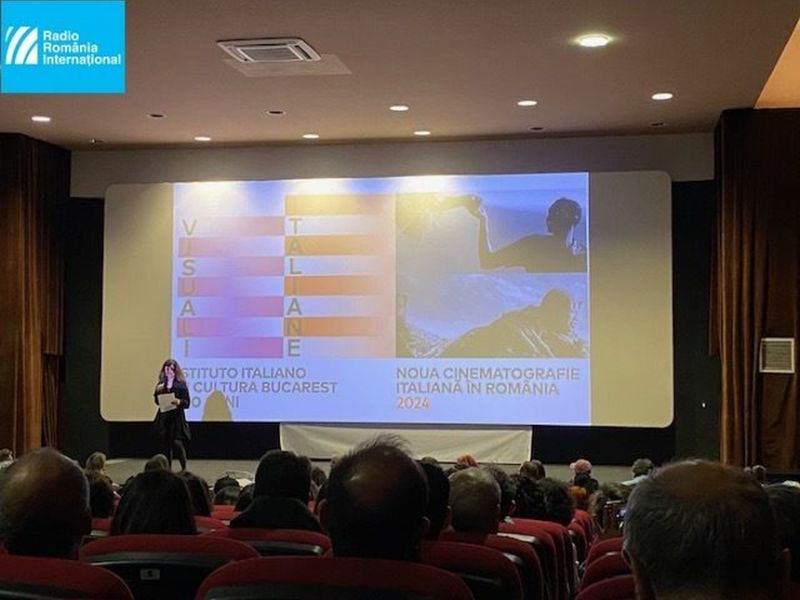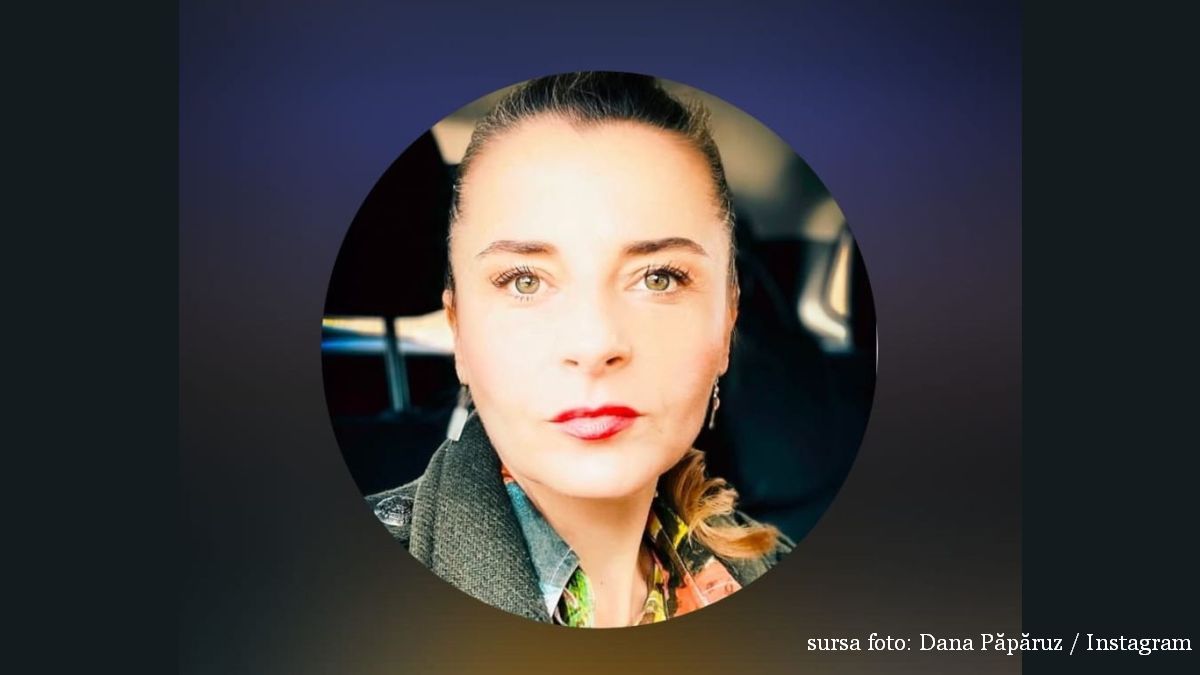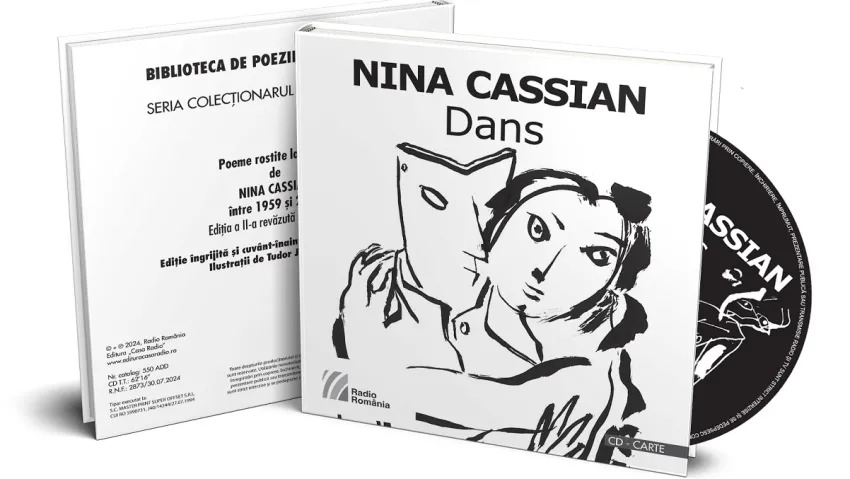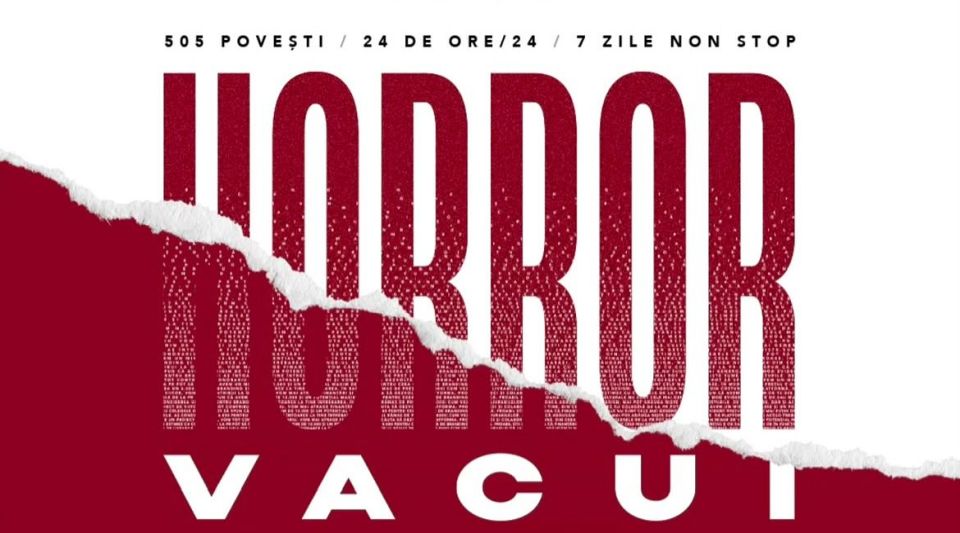“Between Romania and France”. A Bucharest Art Gallery Exhibition
The Suțu Palace in the centre of the city, one of the venues administered by the Bucharest City Museum, is hosting these days an exhibition entitled “Between Romania and France. A remarkable fine art venture,” which is open for visitors until the end of September.
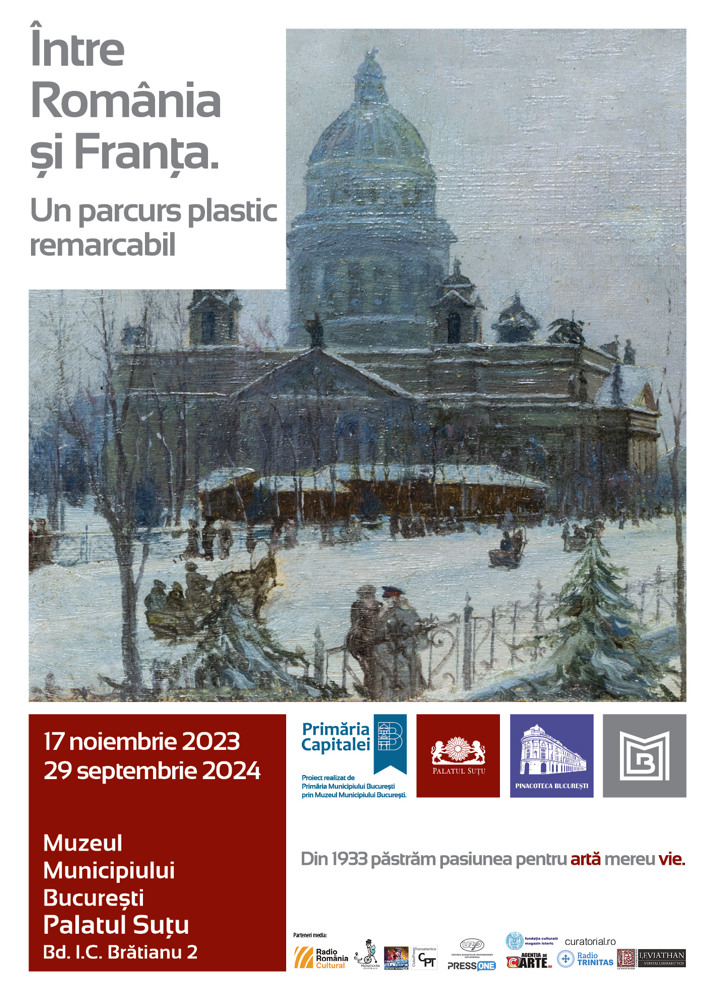
Ion Puican, 24.02.2024, 13:33
The annual exhibition organised by the Bucharest Art Gallery with the Bucharest City Museum is of particular importance this year, when Romania celebrates 30 years since it became a full member of the International Francophonie Organisation. We talked about the exhibition with the museum’s deputy director, Elena Olariu:
Elena Olariu: “The exhibition was opened on November 17, 2023 and will stay on until September 26 this year, so there is enough time for art lovers to see it. In 2023 we celebrated 30 years since Romania joined the OIF, and this is precisely the reason why this exhibition was organised. The most important idea conveyed by the works on display is the intrinsic connection between Romanian and French art. Since the second half of the 19th Century, and especially in the 20th Century, until the communist regime started, Romanian youth would go to Europe to study art. They would study in Munich and in Paris. In Paris, they would go to the greatest art academy in the world, the Beaux Arts, as Paris had become the world’s art centre, at least in the second half of the 19th Century.”
Elena Olariu gave us more details about the history of Romanian Francophonie from the perspective of fine arts and the Romanian artists’ love for France and especially for Paris. She also spoke about the beginnings of modern art in Romania and the birth of higher education in arts, initiated by the painter Theodor Aman (1831-1891):
Elena Olariu: “It was in the French capital that Theodor Aman studied, for instance, and it is with him that our exhibition begins. He completed his art studies in Paris and even started to show his works there, at the official art salons, major art exhibitions, the largest in Europe actually, which showed works by French artists and by the artists who stayed in Paris after graduation. Theodor Aman had fulfilled his dream of studying in the European capital of art. But he returned to Romania and set up the Fine Arts School here in Bucharest.”
The deputy director of the Bucharest City Museum also listed a number of other major Romanian artists (such as Nicolae Grigorescu, 1838-1907, Ion Andreescu, 1850-1882 and Ștefan Luchian, 1869-1916), whose works are on display at the Suțu Palace, and who were influenced by France and the artistic connections with the arts in Paris:
Elena Olariu: “Another important artist, a grand master, our national painter Nicolae Grigorescu, also left for Paris to complete his education in arts. Many of these Romanian artists had been church painters and they went to Paris to learn about modern art, the art of easel painting, as we would say today. Andreescu did the same, and we have an interesting work of his in the exhibition. … After Grigorescu and Andreescu, it was Ștefan Luchian’s turn to come to Paris. Although Luchian had initially studied in Munich, he lived for a while in Paris afterwards. And this very interesting alternation between Munich and Paris was a regular practice for a long time.”
Elena Olariu also mentioned the extraordinary relationship between the Romanian painter Theodor Pallady and the great French painter Henri Matisse:
Elena Olariu: “In France, Romanian artists met French artists as well… Pallady, for instance, became friends with Matisse, … and, for those who don’t know the amazing story of the Romanian traditional blouse, he offered the French artist a small series of traditional blouses with exquisite needlework. He gave them to Matisse as a present, and in turn Matisse made an important series of drawings and paintings featuring these peasant blouses worn by young female models. … These impressive connections were not only important in terms of art per se, but also in terms of the promotion of Romanian culture in general, and this is a very important aspect to keep in mind.”
We asked Elena Olariu which other artists are featured in the exhibition:
Elena Olariu: “Other important artists in the exhibition are Ștefan Popescu, who studied in Munich but lived many years in Paris, and Kimon Loghi, for instance, who travelled and worked across France. Iosif Iser, Max Arnold, Ștefan Constantin and many other artists travelled constantly between Romania and France. And I would also like to mention Cecilia Cuțescu-Storck, represented in our exhibition by a number of graphic works and paintings.”
At the end of our conversation, Elena Olariu concluded:
Elena Olariu: “We believe this exhibition fully reflects the important connections between Romania and France, especially in the inter-war period, and the heights reached by Romanian art during those times.” (AMP)

